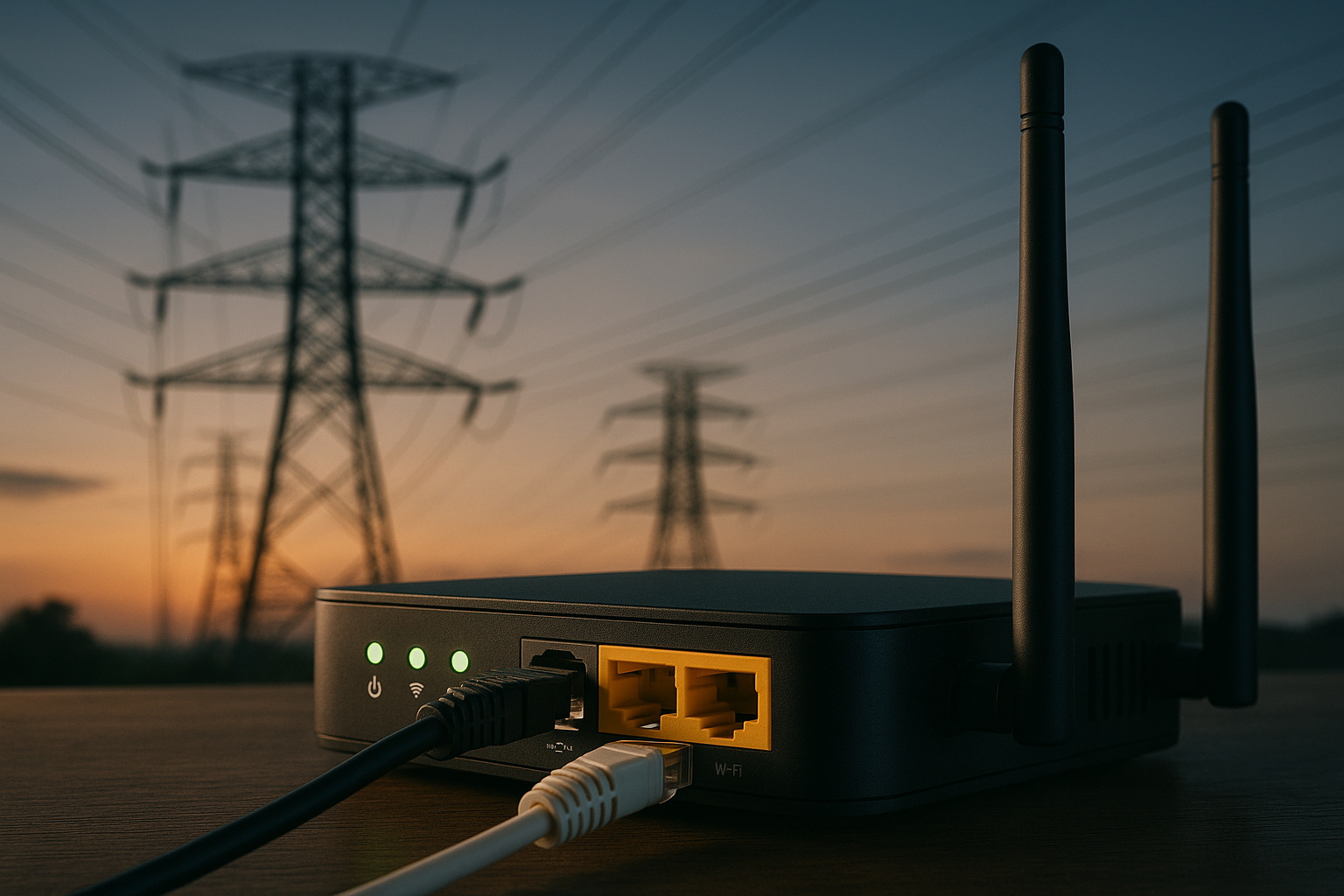Energy-Efficient Design Principles for Carrier Networks
Carrier networks are a major consumer of energy as they scale to support broadband, 5G, and diverse transport technologies. Designing for energy efficiency requires rethinking topology, hardware selection, traffic management, and software controls to reduce power per bit while preserving latency, reliability, and security. This article outlines practical design principles carriers can apply across fiber, satellite, mesh, and edge deployments.

Broadband and Fiber: energy-efficient approaches
Fiber and upgraded broadband access remain among the most energy-efficient transport options per bit, but design choices matter. Dense wavelength division multiplexing (DWDM) and passive optical networking can lower active equipment counts, while link aggregation strategies consolidate traffic onto fewer trunks during low-demand periods. Strategically placing optical amplifiers and using energy-adaptive transponders helps limit power use without degrading service. Network planners should also consider rightsizing capacity: overprovisioning for traffic peaks increases idle power consumption. Implementing centralized control for link sleep modes and coordinating capacity scheduling across nodes reduces overall energy footprint while maintaining throughput for customers.
5G, latency and network slicing trade-offs
5G introduces new energy challenges and opportunities: densification of radio sites raises power demand, yet virtualization and slicing enable dynamic resource allocation. Low-latency slices require reserved resources and thus higher baseline energy; reconciling latency targets with efficiency calls for intelligent scheduling and workload consolidation. Multi-access edge computing can reduce transport energy for latency-sensitive flows by keeping processing local, but this shifts energy to edge sites. Using sleep modes for small cells during predictable low-usage windows, adaptive antenna tilting, and energy-aware admission control for slices helps balance latency requirements with lower power consumption across the radio and core domains.
Satellite links and mesh network considerations
Satellite and mesh links extend connectivity to areas lacking fiber, but they impose unique energy constraints. For satellite terminals, efficient antenna design, duty-cycling of uplink radios, and choosing modems with adaptive coding lower power draw. Mesh topologies in rural or emergency deployments benefit from routing protocols that minimize retransmissions and prioritize link stability to avoid excessive retransmit energy. Hybrid strategies that offload bulk traffic to fiber or scheduled satellite windows reduce continuous energy use. For mesh and satellite networks, careful placement of powered nodes, solar or battery integration, and firmware that supports energy-aware neighbor selection can lengthen operational life and reduce carrier operating costs.
VoIP, SD-WAN and QoS for efficient transport
Voice over IP and enterprise SD-WAN services require consistent QoS but can be tuned for efficiency. Traffic classification and policy-based routing reduce unnecessary wide-area hops by keeping traffic on optimal paths. SD-WAN overlays provide a means to steer low-priority flows over lower-energy links while reserving high-performance paths for latency-sensitive voice and video. Packet aggregation, header compression, and jitter buffers tuned to network conditions decrease retransmissions and processing overhead. Implementing energy-aware QoS policies—where possible dynamically relaxing strict guarantees during low-demand periods—can lower active processing without materially affecting perceived service quality.
Edge computing and security implications
Moving compute to the edge reduces long-haul transport energy but adds distributed power demands that must be managed. Containerization and workload orchestration allow consolidation of edge functions onto fewer servers during off-peak times. Choosing energy-efficient server platforms and utilizing hardware acceleration selectively for encryption or packet processing can reduce CPU-bound energy costs. Security mechanisms should be designed with energy overhead in mind: lightweight cryptographic profiles for less sensitive flows, selective deep packet inspection, and offloading intensive tasks to secure, centralized nodes when appropriate. Holistic policy frameworks that coordinate security posture with energy objectives maintain protection without unnecessary power spend.
Operational strategies: monitoring and optimization
Continuous measurement and control are central to energy-efficient networks. Deploy fine-grained telemetry for link utilization, device power states, and cooling loads to identify inefficiencies. Use automation and policy engines to enact power-saving modes, perform load consolidation, and schedule maintenance windows that minimize peak power usage. Software-defined networking and virtualization provide levers to migrate virtual network functions to more efficient locations in real time. Procurement policies that prioritize Energy Star or equivalent ratings, modular chassis that allow partial shutdown, and capacity planning that models diurnal demand curves yield predictable energy savings. Regular auditing of idle hardware and firmware updates focused on power management preserve long-term gains.
Conclusion Designing carrier networks for energy efficiency involves coordinated choices across physical media, radio planning, transport protocols, and operational practices. By combining hardware selection, adaptive traffic management, virtualization, and automated control, operators can reduce power per bit while meeting service-level demands for latency, security, and reliability. Ongoing monitoring and iterative optimization ensure that energy-aware architectures remain effective as traffic patterns and technologies evolve.





